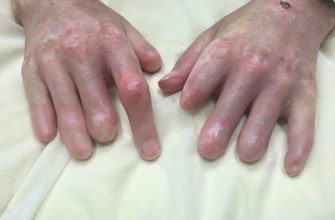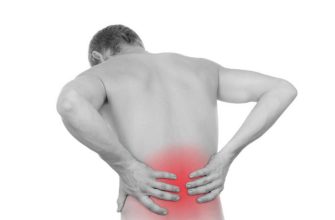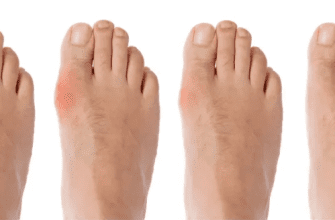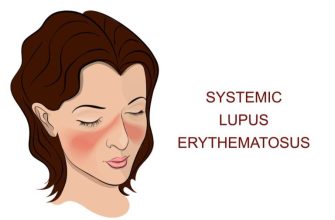What is Esophageal Perforation?
An esophageal perforation is a full-thickness tear or hole in the esophagus, the muscular tube that carries food and liquid from the mouth to the stomach. This is a life-threatening medical emergency because it allows digestive juices, food, and bacteria to leak into the mediastinum (the space in the chest around the esophagus and heart) and chest cavity, causing severe infection, sepsis, and multi-organ failure.
Types & Causes
Perforations are categorized by their cause and location:
- Iatrogenic (Most Common – ~60% of cases): Caused by a medical procedure.
- Upper Endoscopy (EGD): The most frequent cause, often during therapeutic procedures like dilation for strictures or cancer, or placement of stents.
- Surgery: Nearby procedures like spine surgery, thyroidectomy, or lung surgery.
- Other: Transesophageal echocardiogram (TEE), endotracheal intubation, or nasogastric tube placement.
- Spontaneous (Boerhaave’s Syndrome): A rare but catastrophic type caused by a sudden increase in intra-esophageal pressure, most often from violent vomiting or retching. This typically causes a longitudinal tear in the lower left side of the esophagus.
- Traumatic:
- Penetrating Trauma: Gunshot or stab wounds to the neck or chest.
- Blunt Trauma: A severe blow to the chest or neck, such as in a car accident.
- Ingestion of Foreign Bodies: Swallowing sharp objects (e.g., fish bones, chicken bones) or batteries that erode through the wall.
- Caustic Ingestion: Swallowing strong acids or alkalis that burn through the esophageal wall.
- Tumor-Related: Perforation can occur due to erosion from an esophageal cancer or tumor.
Symptoms
Symptoms can vary based on the location of the perforation but often include:
- Severe, sudden pain in the neck, chest, or upper abdomen that may radiate to the back.
- Difficulty swallowing (dysphagia) and pain upon swallowing (odynophagia).
- Subcutaneous emphysema: A crackling sensation under the skin of the neck or chest, caused by air leaking into the tissues.
- Rapid heart rate (tachycardia) and rapid breathing (tachypnea).
- Fever and chills.
- Vomiting, which may include blood (hematemesis).
Warning Signs & When to See a Doctor
This is a true surgical emergency. Seek immediate medical attention (go to the Emergency Room) if you experience:
- Severe chest or neck pain following vomiting, retching, or a medical procedure.
- Pain after swallowing a foreign body or caustic substance.
- Chest pain coupled with a crackling feeling under the skin of your neck or chest.
- Difficulty breathing and swallowing accompanied by fever after a known esophageal injury.
Do not wait. Outcomes are drastically better with early treatment.
Diagnosis
Rapid diagnosis is critical. The process typically involves:
- History and Physical Exam: The doctor will ask about recent procedures, vomiting, or trauma and check for subcutaneous emphysema.
- Chest X-ray: May show air in the soft tissues of the neck or mediastinum, air or fluid outside the lungs, or a widened mediastinum.
- CT Scan with Oral Contrast: The gold standard for confirming the diagnosis and locating the perforation. It shows the exact location of the leak and the extent of infection.
- Esophagogram: A patient swallows a water-soluble contrast dye (like Gastrografin) that is visible on X-ray. If there’s a perforation, the dye will be seen leaking out of the esophagus. This test is often used to confirm the CT findings.
Treatment
The goal is to stop the leak, control infection, and provide nutrition.
- NPO (Nothing by Mouth): Immediate cessation of eating and drinking.
- Broad-Spectrum IV Antibiotics: To combat infection.
- IV Fluids and Supportive Care: To maintain blood pressure and organ function.
Definitive treatment depends on the size, location, cause, and time since perforation:
- Non-Operative Management: Reserved for small, contained, and early-diagnosed perforations (often iatrogenic). This involves strict NPO, IV antibiotics, nutrition via a feeding tube, and close monitoring in the ICU.
- Surgical Management: Required for most cases, especially those diagnosed late or with widespread contamination.
- Endoscopic Management: An emerging option for select cases, using specialized stents to cover the hole or vacuum therapy to promote healing.
Types of Surgery
The surgical approach is highly individualized.
- Primary Repair: The preferred method if possible. The surgeon sutures the tear closed and reinforces it with surrounding healthy tissue (like muscle or pleural flap).
- Drainage and Diversion: For late-diagnosed cases with severe infection. The perforation is drained, and a surgery may be done to divert saliva and food away from the esophagus (e.g., creating a temporary connection from the esophagus to the neck skin, called an esophagostomy).
- Esophagectomy: In the most severe cases where the esophagus is necrotic or destroyed (e.g., from cancer or massive rupture), the entire esophagus must be removed. Reconstruction is performed at a later date.
- T-Tube Drainage: A tube is placed through the perforation to create a controlled fistula, allowing the esophagus to heal around it. The tube is removed later.
Prognosis
The prognosis is serious and depends almost entirely on how quickly it is diagnosed and treated.
- Survival Rates: With treatment within 24 hours, survival rates are 75-90%. This drops significantly to 50-60% if treatment is delayed beyond 48 hours due to the onset of severe sepsis and organ failure.
- Morbidity: Even with survival, the hospital stay is long (often weeks to months in the ICU), and patients may require multiple operations and prolonged rehabilitation. Complications include strictures, persistent leaks, and empyema (pus in the chest cavity).
Prevention
Prevention is difficult as most cases are accidental. However, careful technique during endoscopic procedures and avoiding the ingestion of foreign bodies or caustic substances are key.






